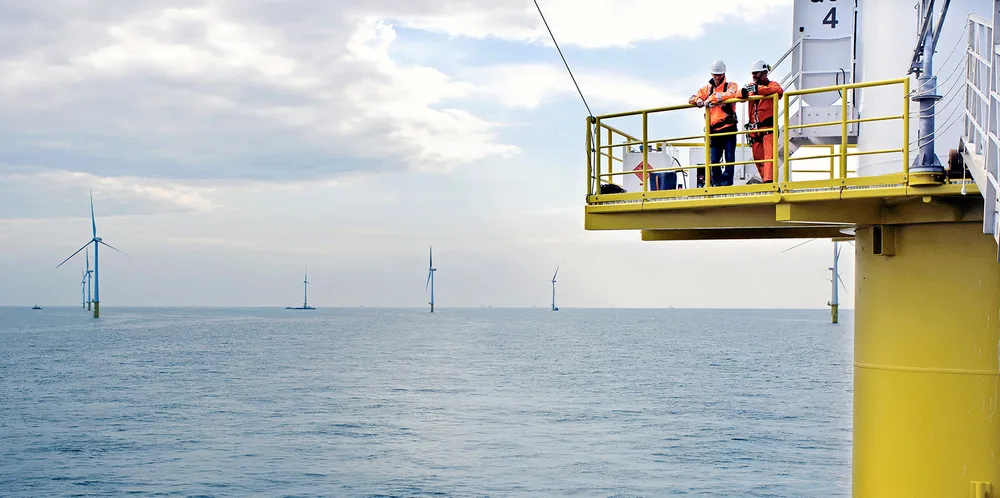'Traffic lights' needed for offshore wind and carbon capture projects to operate safely
'Overlapping' sea-based wind and CCS workable so long as close eye kept on seismic activity and CO2-driven pressure level rises in structures below seabed, says Fugro report
